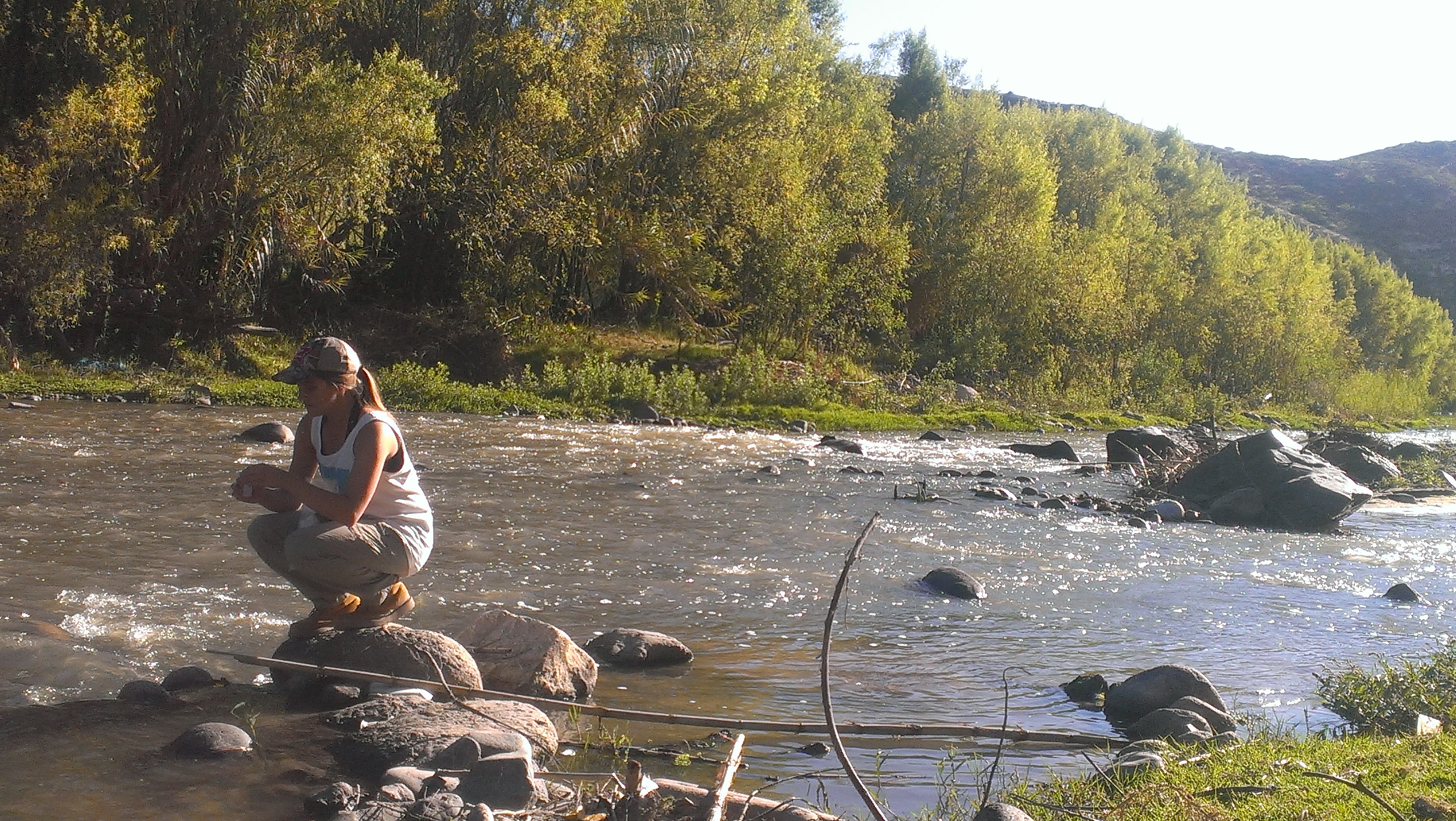Isoscapes
Using isoscapes to identify origins of victims from the Shining Path War, Peru
Director: Tiffiny Tung, Arts & Sciences
Collaborator: Jessica Oster, Arts & Sciences
About
The Shining Path war in Peru of the 1980s-1990s—a conflict between the Peruvian State and insurrectionist guerillas—led to the genocide of 69,000 mostly indigenous peoples. Forensic teams have recently exhumed thousands of bodies, and Dr. Tung has provided pro bono assistance to them by analyzing skeletons for violence-related trauma. Professor Tung has processed hundreds of isotope samples from water, soil, plants, and skeletons from her bioarchaeological research, and those data can now be applied to this humanitarian cause. Doing so will require generation of predictive isoscape maps to narrow the potential geographic origins of victims. Such isoscape modeling can only be achieved using advanced geospatial tools. Professors Tung and Oster have complementary areas of expertise to help ensure that the forensic, archaeological, environmental (e.g., water), and spatial data are appropriately integrated. Professor Tung is also collaborating with Peruvian forensic scientists Roberto Parra and Martha Palma.
Helping Human Rights Teams by Providing Information on Where Victims Lived
Research Goal: To identify the original childhood and adulthood geographic regions of massacre victims, information that enables human rights teams to focus their efforts on finding surviving family members in those particular regions. The long term goal is to identify the victims and return the bodies to loved ones for a dignified burial.
Methods: We achieve this by tracing isotopes from the victims’ bones and teeth to specific locales in Peru. Oxygen, strontium, and lead isotopes naturally occur in water and soil, and they are incorporated into the skeleton through the food chain. Thus, isotope ratios from victims can be tied back to particular geographic areas.
